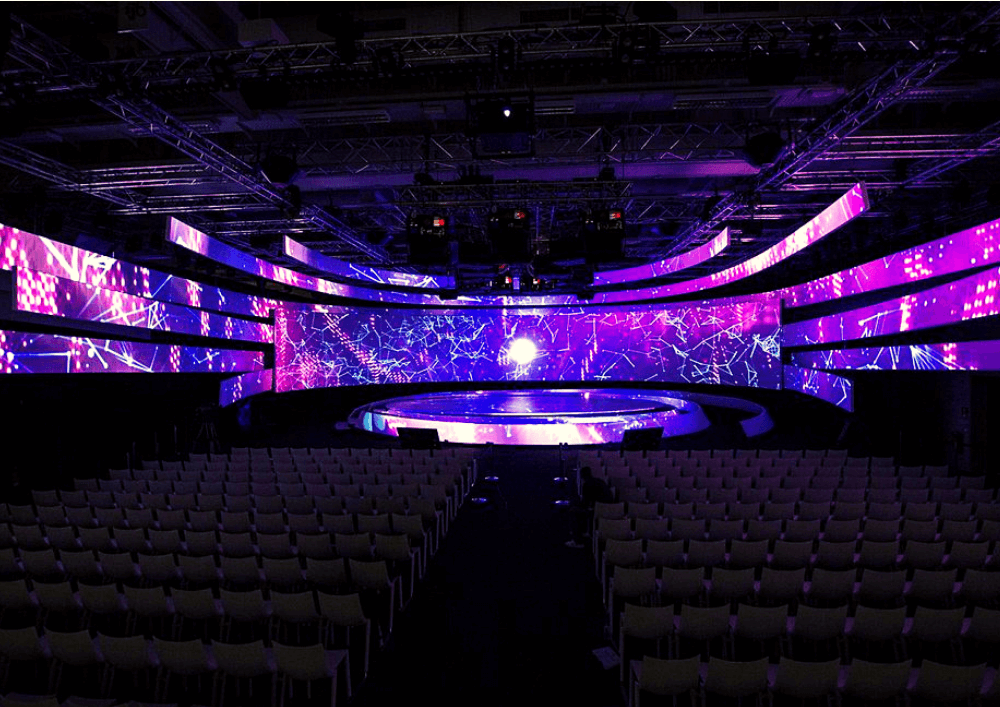Investigating The Way Resolution Affects the Performance and Visual Caliber of LED Screens in Contemporary Display Techniques
Investigating The Way Resolution Affects the Performance and Visual Caliber of LED Screens in Contemporary Display Techniques
Blog Article
Light Emitting Diode screens are becoming increasingly popular in various settings, from musical events and athletic competitions to business presentations and creative exhibits. One of the key important factors that affect the functionality and image clarity of these screens is resolution. Resolution refers to the number of pixels that compose the visual on the display. Increased image clarity means more picture elements, which can result in clearer and crisper visuals. Grasping how resolution affects LED walls can help operators make knowledgeable choices about their screen requirements.
When talking about image clarity, it is crucial to take into account picture spacing, which is the gap between the center of one pixel to the center of the next picture element. A reduced picture spacing yields a higher resolution, enabling additional clarity in the images shown. For instance, an LED screen with a pixel pitch of 1.5mm will provide a clearer visual than one with a picture pitch of 3mm. This is especially crucial in environments where viewers are close to the display, such as in a compact location or a trade show booth. In these situations, a greater image clarity can greatly enhance the viewing experience.
Another factor of image clarity is its effect on hue accuracy and brightness. LED walls with greater image clarity often have better color rendering, indicating that the hues displayed are more lively and realistic. This is crucial for applications like marketing, where the objective is to capture interest and convey a message efficiently. Additionally, greater resolution displays can maintain luminosity levels even when viewed from different perspectives. This is crucial in large venues where viewers may be positioned at various distances and positions from the display.
The functionality of LED screens is also affected by resolution in terms of refresh rates and reaction times. A higher resolution screen can handle quicker update frequencies, which is crucial for fast-moving material such as films and motion graphics. This indicates that the visuals on the screen will appear smoother and more fluid, enhancing the overall viewing experience. In contrast, lower resolution displays may have difficulty with dynamic material, resulting in fuzziness or delay. Therefore, for occasions that depend on dynamic images, choosing a display with a suitable resolution is critical.
In summary, image clarity plays a crucial role in defining the functionality and image clarity of LED walls. Factors such as pixel pitch, color precision, luminosity, update frequencies, and reaction durations all affect how effectively try this website a display can communicate information and engage viewers. As advancements continues to progress, understanding these elements will help users choose the appropriate LED screen for their specific needs, ensuring that they achieve the optimal potential outcomes in their displays and occasions.